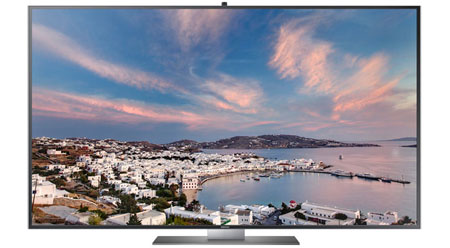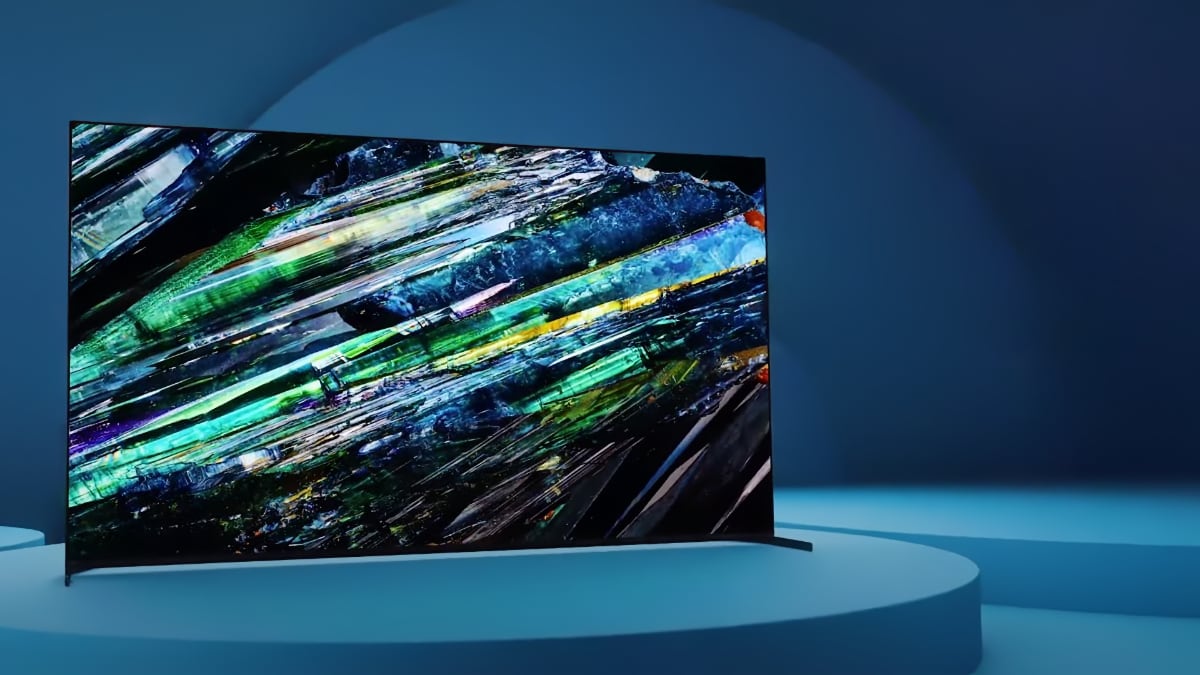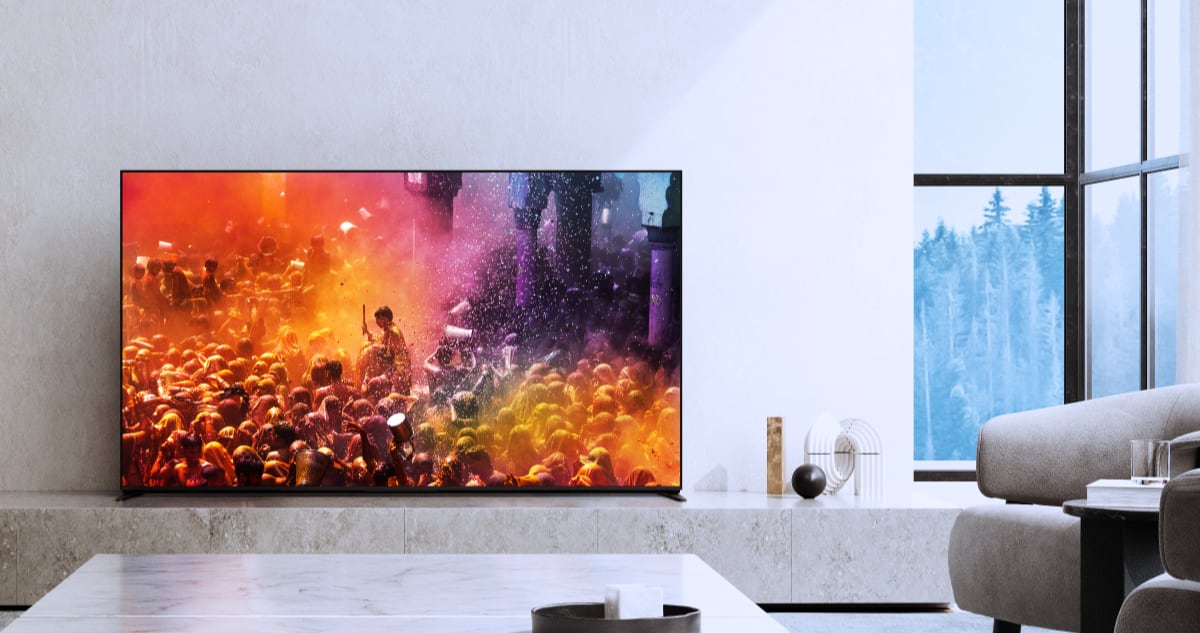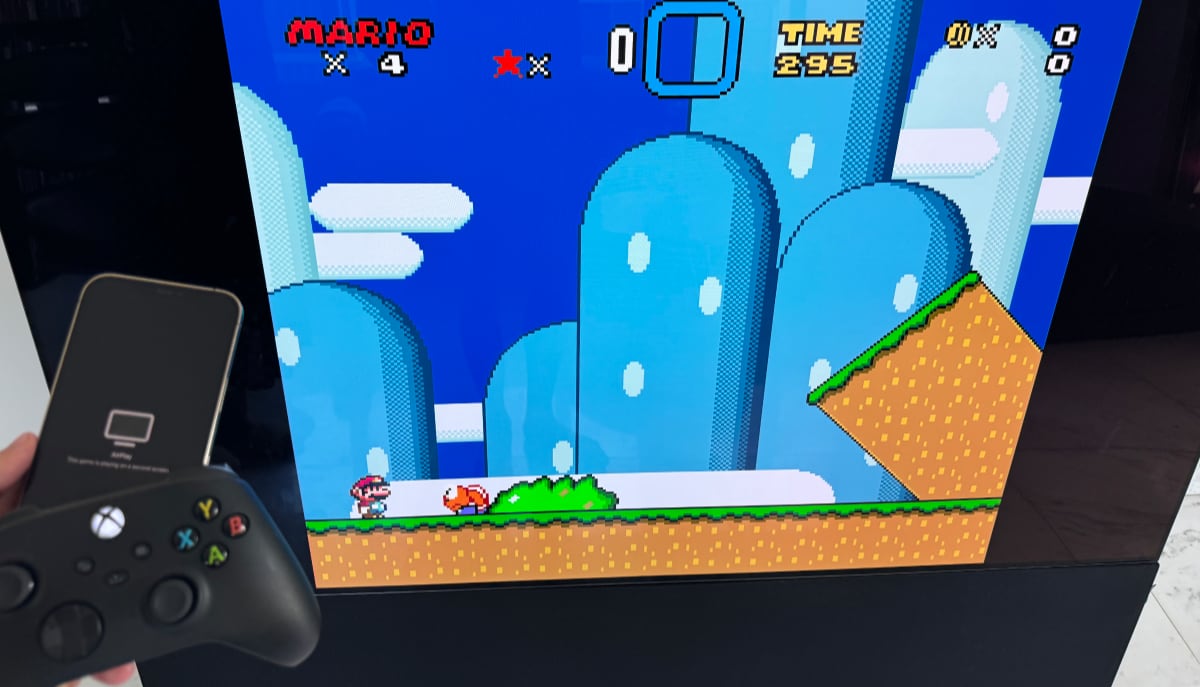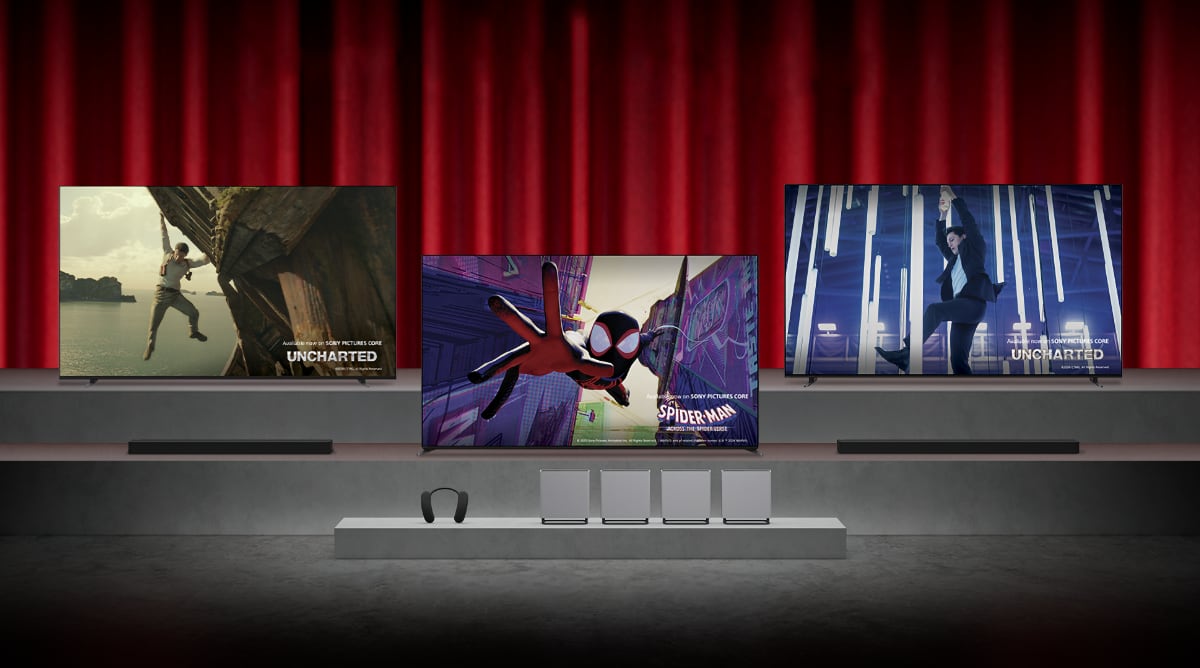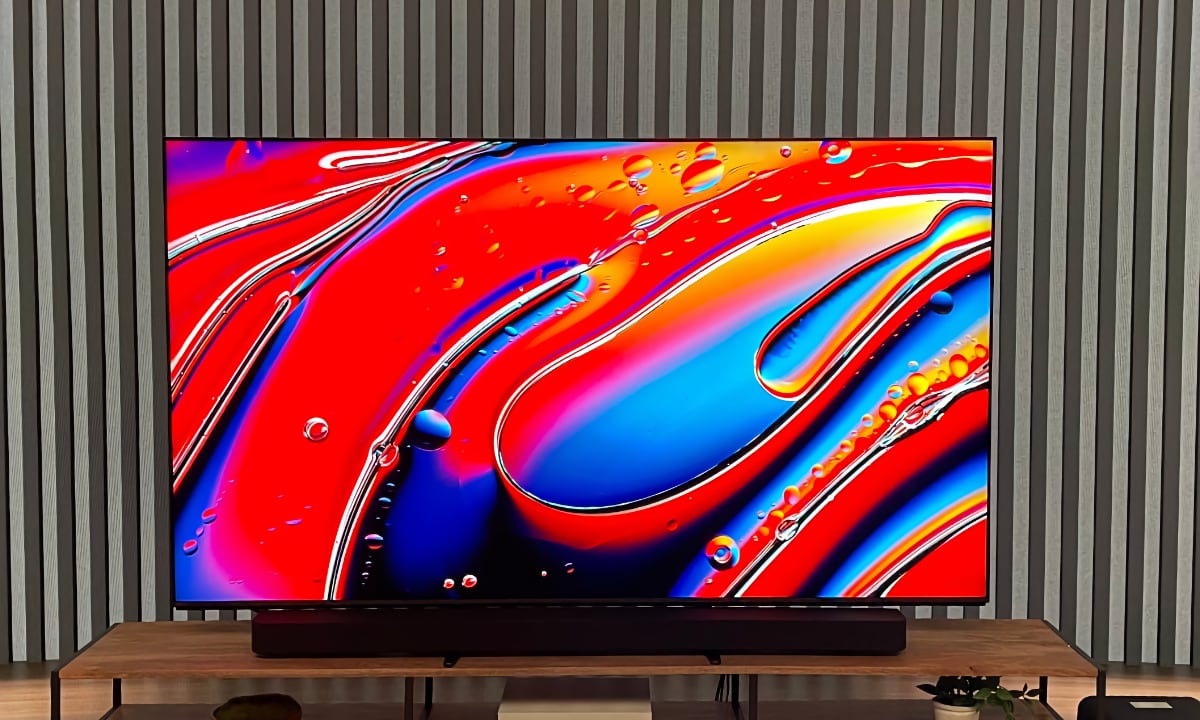The first 4K – or Ultra HD – TVs were crazy expensive, but prices have fallen dramatically in recent months. It might be tempting to buy a “next-generation TV”, but there are some things you should know before buying a 4K TV.
What to remember when buying a 4K TV
4K TV prices have hit new lows; some were selling for less than $500 on Cyber Monday. Even high-end 4K TVs from major brand have seen 40-50% price reductions over the last few months, almost matching some high-end Full HD TVs - so why not buy one now?

You might want to wait a bit longer before buying your first 4K TV
As always, it is not necessarily wise to be an early adopter of technology. You need to be aware of the following:
HDMI 2.0: You already know HDMI. It is used to connect pretty much anything to the TV. Most 4K TVs use the so-called HDMI 1.4 standard, which can receive 4K video, but is capped to maximum 25 pictures per second (at 4K). 25fps is enough for some content, but it is not exactly “future proof”. You need HDMI 2.0 that can handle 4K at up to 60 pictures per second. This is necessary to connect a PC/Mac, and we have also recently seen the Hollywood industry start experimenting with 48fps in the two Hobbit movies. Right now, only Panasonic’s WT600 4K TV has an HDMI 2.0 connector, and Sony has promised to issue a software update for its X9 4K TVs. LG has announced no plans for HDMI 2.0 on current 4K TVs, and Samsung has indicated that it will require an external connector box if you want to add HDMI 2.0 on the F9000 models. That box will arrive sometime in 2014 and is expected to retail at around 300-500 USD (unconfirmed).
More on HDMI 2.0 here.
HEVC / H.265: HEVC - or H.265 – is the successor to mpeg4. Remember all that talk about mpeg2 and mpeg4? Well, this is pretty much the same debate. In the future, not only 4K content, but also SD and HD, will likely be encoded in HEVC compression, which can provide better picture quality at a lower data rate. TV providers are not exactly lining up to offer 4K content, but in the next few years we will surely see development in many areas. Some TVs might be able to support HEVC after a software update, but only very few 4K TVs have built-in HEVC decoders right now. You need HEVC support in your 4K TV if want to avoid the hassle of connecting extra TV boxes to your TV (via HDMI 2.0).
More on HEVC / H.265 here.
4K TV tuner: In some countries the TV set-top box is still dominating, but in other countries people tend to connect the TV antenna plug directly into the TV. You can always connect a TV set-top box (HDMI 2.0 required for 4K) to your TV, but if you want TV channels directly in your TV you need a digital tuner. And if you want to be able to receive 4K channels in the future, you need a digital tuner capable of decoding 4K (llikely in HEVC). We do not expect TV providers to start offering loads of 4K channels anytime soon, but they will come eventually. Also, remember that HEVC can be used to encode SD and HD, too, so it might be a good thing to have HEVC support for the built-in digital TV tuner.
More ion the latest development in 4K channels here.
No magic upscaling: Every TV maker will tell you about the wonders of “upscaling” – simply because they need a compelling argument to sell you a 4K TV when no content - or little - exists in true 4K resolution. But your HD clips, channels, streaming or Blu-ray movies will not automatically, magically look prettier on a 4K TV. Picture quality is only as good as the source allows, so there is no logical argument for replacing your premium Full HD TV with a 4K LCD TV just to watch your Blu-ray movies. You need real 4K content to enjoy your new TV – and there is not much available right now.
Prices will fall: It is always hard to predict the future, but we will give it a try. Prices have already dropped significantly, but they will continue to decline in 2014 and the coming years. 4K TVs will eventually replace Full HD TVs, and will move from the high-end to mid-range and eventually low-end. We expect 4K resolution to move into mid-range territory in 2014, and we will surely hear more about that at the CES 2014 show in Las Vegas in early January. FlatpanelsHD is on spot in Las Vegas.
We hope that this short list gave you some things to consider. If you want to know more click the links for in-depth articles under each bullet point. And read more about 4K Ultra HD here.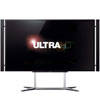 Worth knowing when buying a 4K Ultra HD TV
Worth knowing when buying a 4K Ultra HD TV

